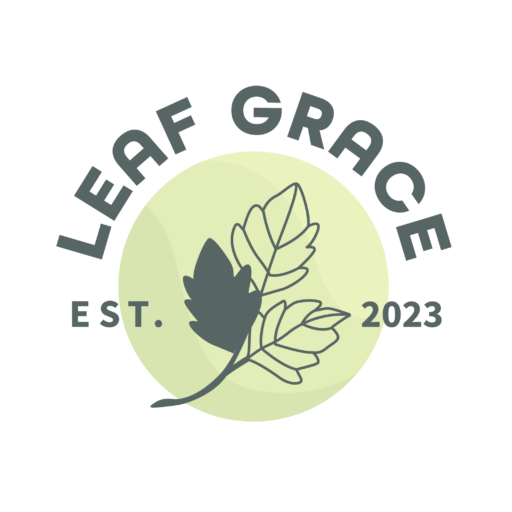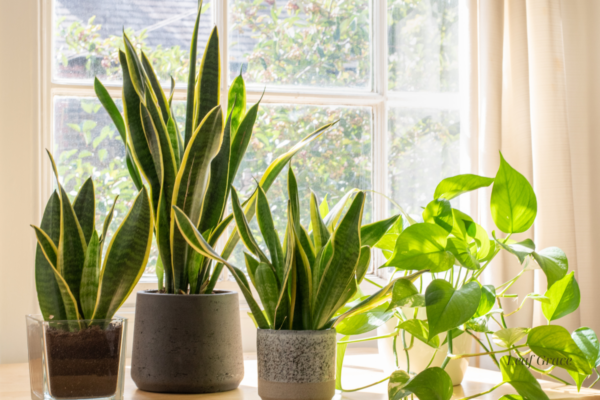Low-light pet-friendly plants are a perfect solution for pet owners living in dimly lit spaces. These plants not only thrive in less sunlight but also ensure the safety of our furry friends. Here’s why you should consider them for your home:
- Benefits for Pet Owners: Low-light plants are generally easy to care for, making them ideal for busy pet owners. They can enhance the ambiance of your home without demanding much attention.
- Safety First: Many common houseplants can be toxic to pets. Choosing non-toxic, pet-friendly plants ensures that your pets can explore their environment without the risk of poisoning.
- Avoiding Toxic Plants: It’s crucial to be aware of plants that are harmful to pets. The ASPCA provides a comprehensive list of toxic plants, which is a valuable resource for any pet owner.
Top 5 Low-Light Pet-Friendly Plants
1. Snake Plant (Sansevieria trifasciata)
- Benefits: The snake plant is incredibly resilient and requires minimal light and water. It’s known for its air-purifying properties, making it a great addition to any home.
- Care Tips: Place it in indirect light and water sparingly.
2. ZZ Plant (Zamioculcas zamiifolia)

- Benefits: ZZ plants are almost indestructible and can survive in low-light conditions. They also purify the air.
- Care Tips: Water only when the soil is dry, and place in low to moderate light.
3. Cast Iron Plant (Aspidistra elatior)
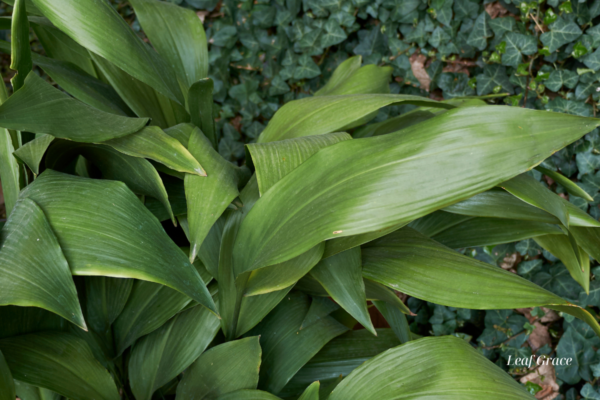
- Benefits: True to its name, the cast iron plant can withstand neglect and low light. It’s non-toxic to pets.
- Care Tips: Thrives in indirect light and requires watering every couple of weeks.
4. Chinese Evergreen (Aglaonema spp.)
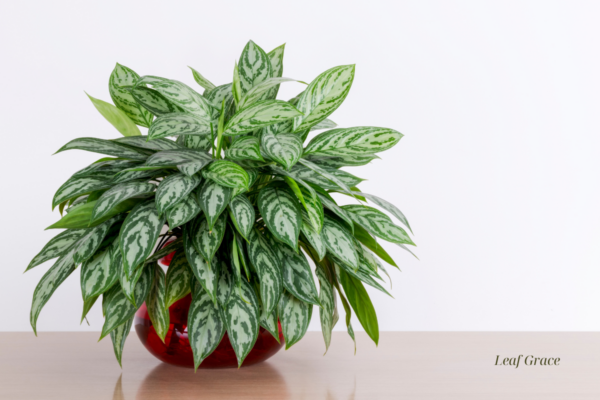
- Benefits: This plant is both beautiful and low maintenance, suitable for low-light environments.
- Care Tips: Prefers low to medium light and moist, but not waterlogged, soil.
5. Peace Lily (Spathiphyllum wallisii)
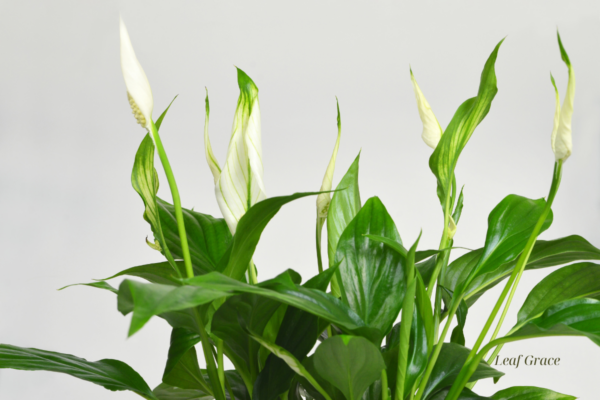
- Benefits: Known for its beautiful white flowers, the peace lily also purifies the air.
- Care Tips: Prefers low light and consistently moist soil.
Caring for Your Low-Light Pet-Friendly Plants
Watering and Light Requirements
- Watering: Overwatering is a common mistake. Ensure the soil is dry before watering again.
- Light: While these plants thrive in low light, placing them in indirect light can enhance their growth.
Proper Soil and Fertilization
- Soil: Use well-draining soil to prevent root rot.
- Fertilization: Fertilize sparingly, typically once a month during the growing season.
Pruning and Repotting
- Pruning: Remove dead or yellowing leaves to promote new growth.
- Repotting: Repot your plants every couple of years to refresh the soil and give the roots more space.
Common Plant Problems and Solutions
- Yellowing Leaves: Often a sign of overwatering. Adjust your watering schedule accordingly.
- Brown Tips: Could indicate dry air or underwatering. Increase humidity or water more frequently.
- Pests: Inspect plants regularly for pests like spider mites and treat with appropriate insecticides if necessary.
Where to Find Low-Light Pet-Friendly Plants
- Local Nurseries and Garden Centers: These often have knowledgeable staff who can help you choose the best plants.
- Online Retailers: Websites like The Sill, Bloomscape, and Etsy offer a variety of pet-friendly plants.
- Pet Stores Specializing in Plants: Some pet stores also carry a selection of safe houseplants.
Conclusion
Low-light, pet-friendly plants are a fantastic way to bring life and color to your home without compromising the safety of your pets. By choosing the right plants and providing proper care, you can create a beautiful and safe environment for both you and your furry friends. Explore the variety of low-light plants available and enjoy the benefits they bring to your home.
FAQs
What are the most common low-light conditions in homes?
Common low-light conditions include rooms with north-facing windows, spaces far from windows, and areas that receive less than two hours of direct sunlight per day.
How can I tell if a plant is getting enough light?
Signs that a plant is getting enough light include steady growth, vibrant leaves, and blooming flowers (for flowering plants). If leaves start yellowing or dropping, it may indicate insufficient light.
Are there any low-light plants that also purify the air?
Yes, several low-light plants like the snake plant, ZZ plant, and peace lily have air-purifying properties.
Where can I find more information about low-light pet-friendly plants?
You can visit websites like the ASPCA for information on pet-safe plants or consult gardening blogs and local nurseries for more tips and recommendations.
“To plant a garden is to dream of tomorrow.” – Audrey Hepburn
Final Thoughts
Creating a harmonious home environment for both your plants and pets is a rewarding experience. By selecting low-light, pet-friendly plants, you not only enhance the beauty of your living space but also ensure a safe and healthy environment for your furry companions. So, dive into the world of indoor gardening, and watch as your home transforms into a lush, vibrant oasis that both you and your pets will love. Happy planting!

